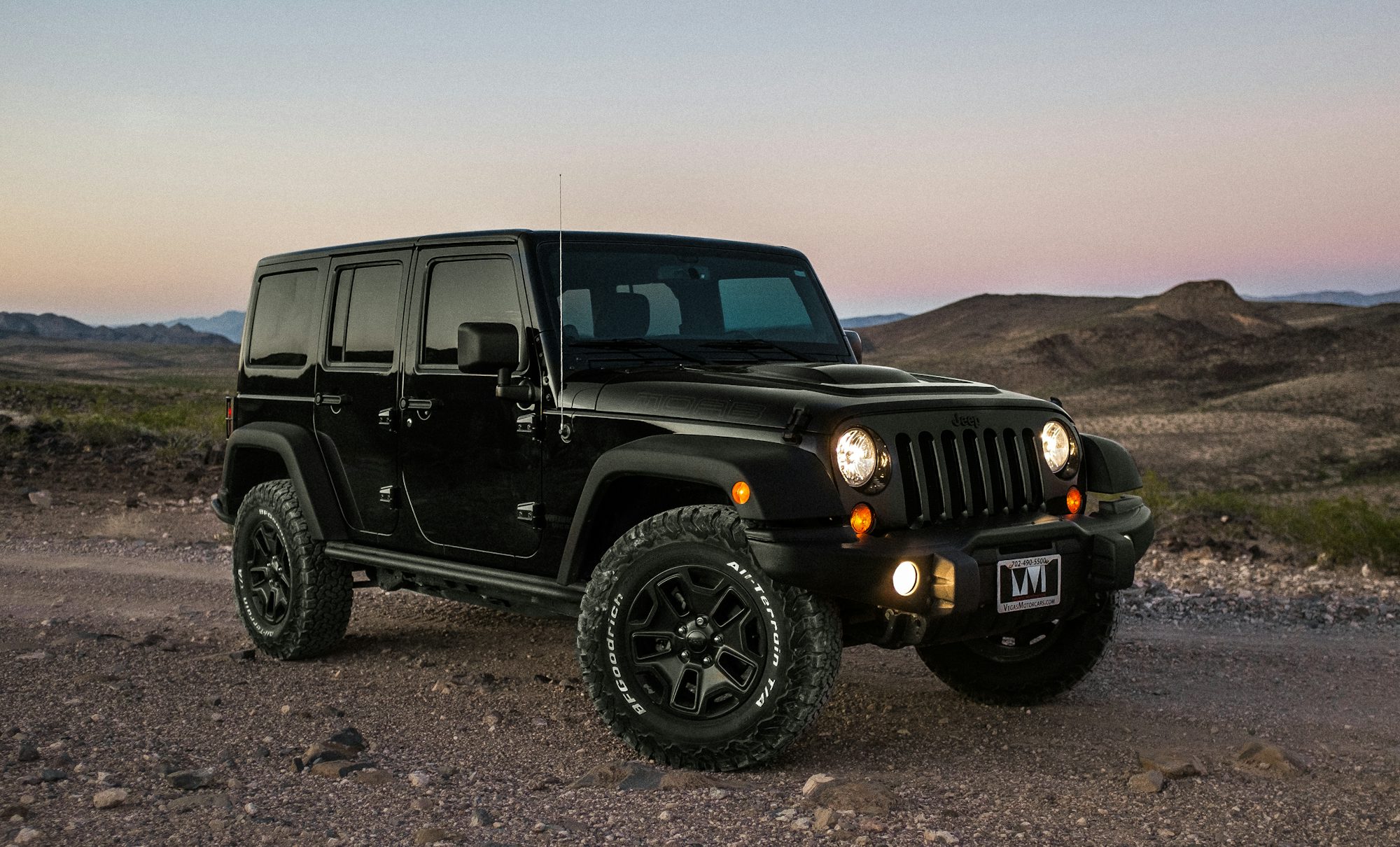
Exploring the Evolution of SUVs: From Utility to Luxury
This article examines the evolution of SUVs, tracing their journey from utilitarian vehicles to modern luxury options, and discusses how they have transformed the automotive landscape.Sofia Zhang
25-01-18